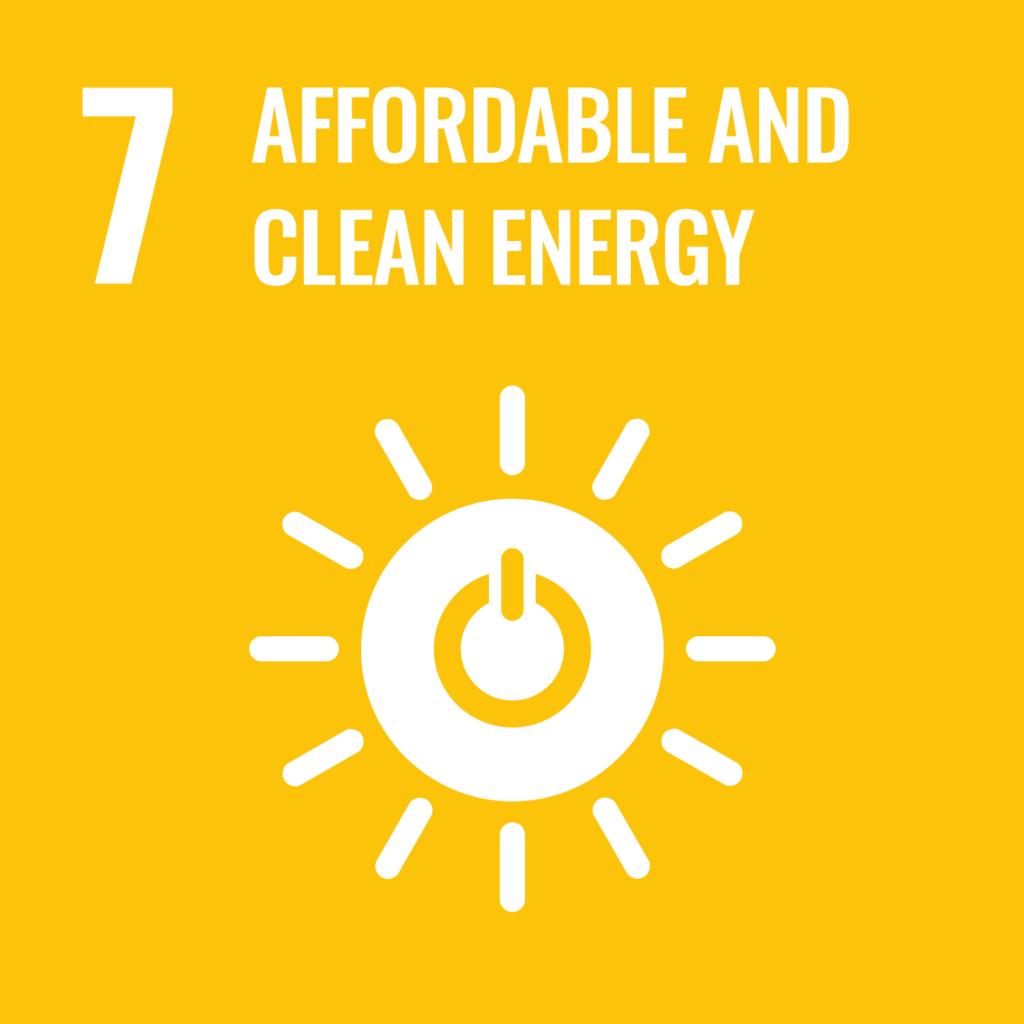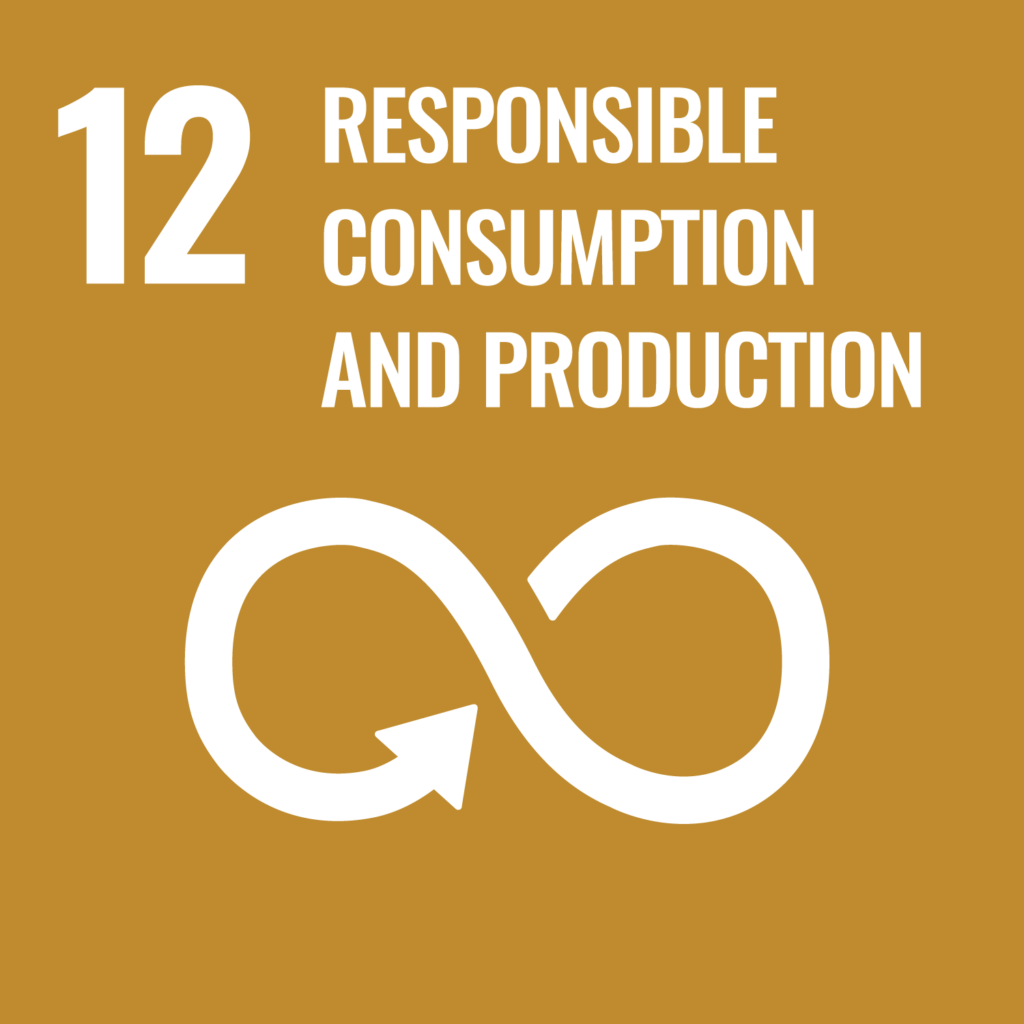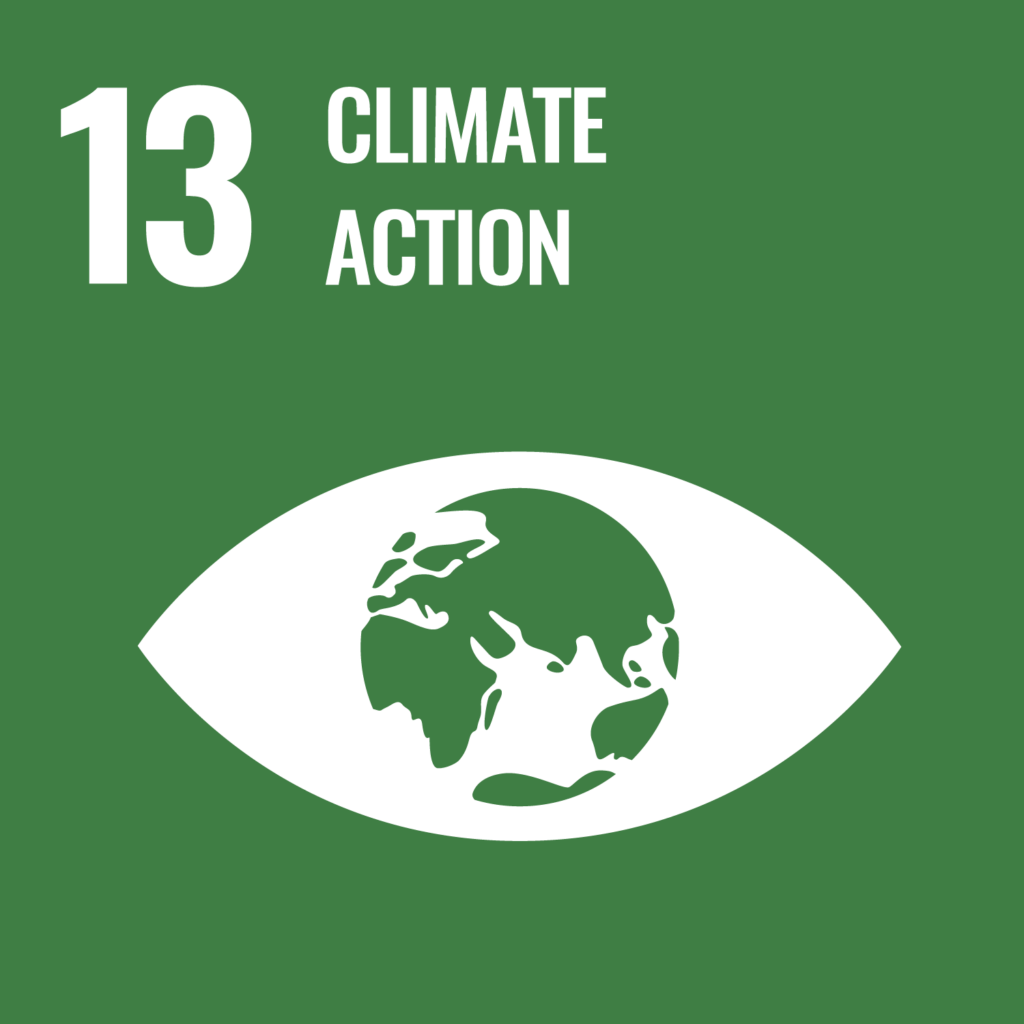Environmental
As custodians of the region’s critical asset, Port of Newcastle recognises its responsibilities in providing and promoting a sustainable environment for its employees, contractors, customers, port users, visitors and members of the public.
Port of Newcastle operates within an Environmental Management System based on the principles of ISO 14001:2015.
The Port maintains both an Environmental Management Plan and an Environmental Management System (designed to ISO 14001) that outlines port activities and ensures commitment to a high level of environmental standards.
Port of Newcastle was the first port in Australia to be certified under the EcoPorts program in 2019. The Port has identified and evaluated the environmental aspects and impacts of its operations and developed mitigation measures that reduce or eliminate potential negative environmental impacts.
SDG Goal Alignment



-
Scope 1 and 2 Emmissions Reduction Commitments
-
Port of Newcastle has approved SBTi 1.5-degree scenario targets for Scope 1 and 2 emissions for a 55% emissions reduction by 2030 from a baseline of 2018. Port of Newcastle’s emissions reductions have been made possible through the following abatement initiatives:
- Five-year renewable energy contract with Iberdrola to ensure 100% of energy consumed comes from renewable energy. This includes the tenants within our three embedded networks which has also reduced our Scope 3 emissions from downstream leased assets.
- LED lighting upgrade to improve energy efficiency
- Transition of our vehicle fleet to electric vehicles
- Procurement of the Lydia sweeper vessel to increase efficiencies with the dredging of the harbour
Future emissions abatement initiatives will include further electrification of our vehicle and vessel fleet.
-
Scope 3 Emissions Reduction Commitments
-
Scope 3 emissions are those that are derived from our value chain, the scope 1 and 2 emissions from our suppliers. Scope 3 emissions are difficult to measure, monitor and manage due to the limited control an organisation has over them. It is for this reason that many organisations do not set targets for scope 3.
We have measured our baseline scope 3 emissions from 2018 and have aligned our Scope 3 emissions reduction target with SBTi for a 50% reduction by 2030.
-
Net Zero
-
Port of Newcastle has committed to achieving Net Zero for Scope 1 and 2 emissions and selected Scope 3 emissions by 2040.
-
Climate Change
-
Climate change is a significant issue for Port of Newcastle and efforts to mitigate against environmental, legal and representational risks whilst also increasing Board oversight, enhancing employee engagement and positively influencing customer behaviour are being undertaken.
To understand both the physical and transitional risks and opportunities associated with climate change, the Port completed climate scenario analysis in line with the Taskforce on Climate-Related Financial Disclosures (TCFD) recommendations and Climate Measurement Standards Initiatives (CMSI). This analysis resulted in two distinct scenarios being used to assess the Port’s risks and opportunities against a a 2030- and 2040-time horizon.
Scenario 1 – Continuation of announced policies, change driven by market forces only, no regional adjustment policies.
Scenario 2 – Surge in policy and investment enhances market forces (may include trade barriers for emitters), regional adjustment policies developed and implemented.
Quantification of the TCFD scenarios will continue to be undertaken using the low and high scenarios to evaluate the potential financial impact to the business. These numbers will be presented to the Board each year.
-
Biodiversity
-
Biodiversity is important to Port of Newcastle and we support surveillance programs for threatened terrestrial species that are present on Port land.
We are committed to protecting habitat links and supporting the establishment of new links.
-
Waste
-
Port of Newcastle actively supports sustainable materials management through a whole-of-life cycle approach and applies the principle of avoid, reduce, reuse, repair and recycle.
Our overarching goal is to minimise waste generation and promote circular economy within our operations.
We have implemented waste separation facilities for seventeen different waste streams.
-
FAQs
-
Q. Why are transportation and distribution (e.g. emissions from trucks and trains connected to the port) or emissions from vessels at berth not included in the Scope 3 emissions inventory?
A. The GHG protocol states that we don’t need to include the emissions from transportation and distribution or vessels at berth within our scope 3 boundary as we don’t have any operational or financial control over the goods transported within the vessels. However, to ensure transparency within the reporting of our value chain we have decided to report on these emissions.
Although we are not including emissions from vessels at berth in our target boundary, our scope 3 targets are still one of the most ambitious in our industry. Our scope 3 target incorporates our whole value chain and will provide a positive impact on emissions reductions in our community and beyond.
Q. What are Port of Newcastle doing to reduce Scope 3 emissions?
A. We are undertaking the following initiatives to reduce our scope 3 emissions:
- Engaging with downstream tenants to tackle their scope 1 and 2 emissions (our scope 3 emissions).
- Providing flexible working arrangements to decrease emissions from employee commuting. This includes the option to work from home and providing end-of-trip facilities to enable staff to travel to work via bike or foot.
- Offsetting all business travel through Greenfleet.
- Updating our procurement procedures to incorporate carbon emissions throughout the supply chain and prefer organisations with net zero / low carbon emissions.
Q. How will you go about reducing emissions that you have limited control over?
A. While some of our emissions reduction initiatives may not directly reduce emissions, we are looking at ways in which we can assist or provide influence to ensure emissions reductions occur throughout our value chain. The possibilities include providing incentives for our stakeholders to reduce their emissions, preferring certain suppliers that have reduced their emissions within our supply chain and enabling our tenants to reduce their own emissions. An example of this is the PPA within our embedded network that reduces xx of our Scope 3 emissions.
